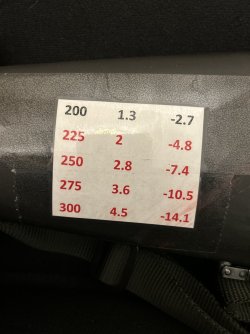I was hoping that was not the case, but now, I see your point - go for it.I'm just saying.
Remember the Barbour creek kill thread? People joined a long range hunting forum, and then became flabbergasted at the sight of someone actually doing it.
Dumb.
My choice is to troll them. Now that it's publicly known, the balls in their court buddy.
It is not worth my oxygen to argue or convince anyone because, as noted ...
These articles are for open-minded folks willing and able to learn and add to their knowledge base.

